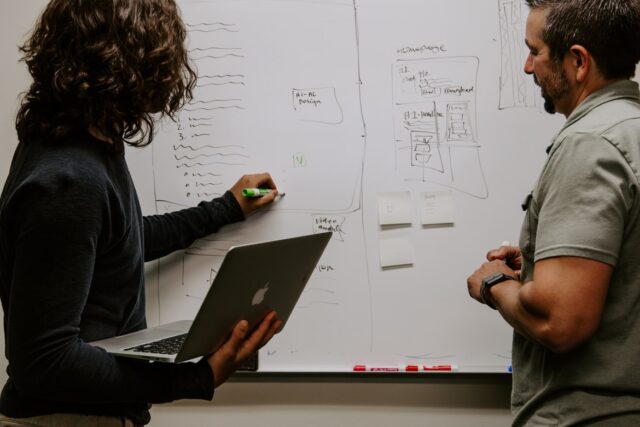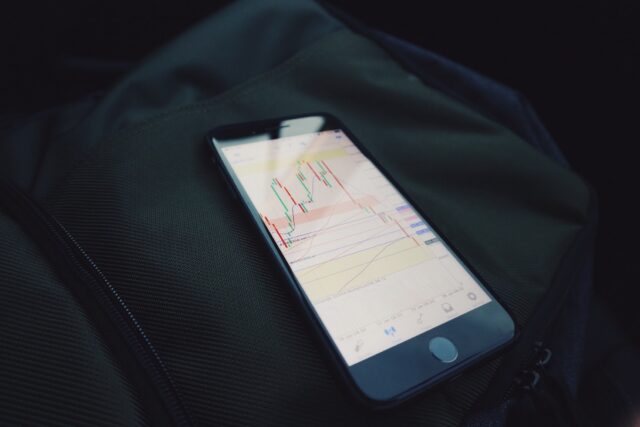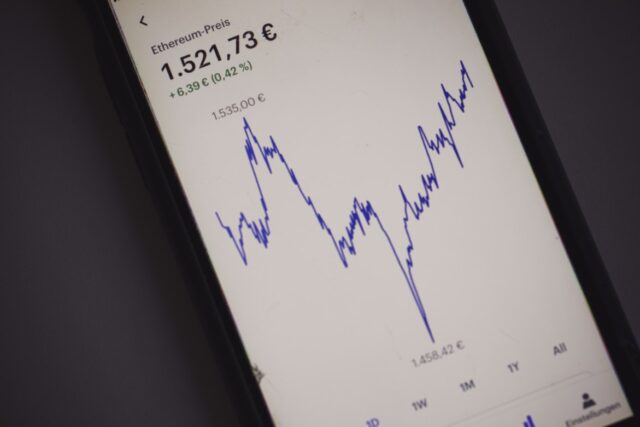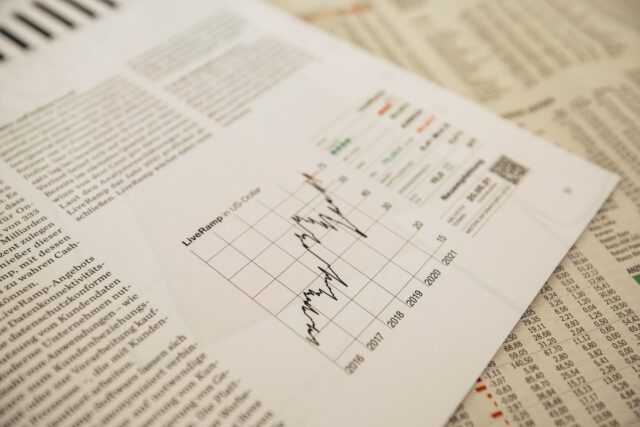
If you want to become a better trader, constantly building your skills through practice is the key. Many traders believe that simply ‘putting in the hours where they read charts and observe the market will give their skills a boost.
However, this will not necessarily improve your profit potential. If you want to improve your trading skills, you need to self-analyze your performance and make disciplined choices. Here are some tips on how you can improve.
1. Set Clear Goals

No matter what path you take in life or what career you are in, setting clear goals is imperative. These goals should help you achieve your current mission as well as your vision for the future.
After you’ve set short-term and long-term goals for yourself, you need to analyze whether your current trading style will help you attain them. Every unique trading style comes with its own set of risks, that need to be approached and dealt with differently.
For example, if you feel anxious about waiting for funds to pick up the pace, you can consider day trading. Similarly, if you would prefer to trade with funds that will appreciate over a period of time, you can consider position trading. Your trading style should align with your personality and goals, to gain significant profits.
2. Select Your Broker Carefully
Once you’ve set your goals and selected a trading style, the next logical step would be to choose a credible, established broker. Since this is one of the most important steps taking your time to research brokers and comparing them will be beneficial.
To start with, know a broker’s policies and what market they prefer, by reading reviews online. Trading in an exchange-driven market will be completely different from trading in a spot market, to take an example. If you’re a novice forex trader in the UK, go URL for some helpful broker reviews and tips for the forex market.
Another tip is to ensure that your broker’s platform aligns with your analysis strategy. Before making your final decision, ensure that you get the best of both worlds – an excellent broker with an excellent platform.
3. Stop-Loss Orders

The concept of stop-loss is crucial when it comes to forex trading risks and their management. Sometimes, you may be tempted to hold onto a position for too long, with the hope that the market will correct itself.
This same ideology might tempt you to exit a profitable position too early, to benefit from a rapid profit. While the concept may seem foolproof, the best way to avoid huge losses is to exit any position at a certain exchange rate.
Stop-loss orders can help you cap your risk for every trade, thus, helping you avoid any significant losses. So, while you need to have the perfect, winning strategy that’s based on carefully-calculated percentages, it is also important to balance it with a sound risk management strategy, so that your funds don’t disappear in the blink of an eye!
4. Calculate Your Expectancy
Once you’ve determined your market entry and exit strategies by synchronizing all your charts be it weekly or daily, you can calculate your expectancy. Trading expectancy is essentially a formula that will dictate whether your system or strategy is reliable.
To apply this formula, you would have to scrutinize your previous trades and measure the ‘winners’ against the ‘losers’. Then, you can calculate how profitable the former was compared to the losses incurred by the latter.
If you’re a beginner and haven’t yet started trading, see when you would have entered the market or left it based on your system. Then, jot down whether you would have had a significant loss or not for these rhetorical trades for calculating trading expectancy.
The formula you can apply is as follows: Expectancy = (Win Percentage x Average Win) – (Loss Percentage x Average Loss)
5. Positive Feedback Cycles

It’s commonly said that success breeds success and this applies to trading as well. Anytime you carry off a trade well, with a strategy you created, you’ll add to a well-deserved cycle of positive feedback.
These positive feedback patterns, will not only propel you to success but will also boost your confidence. This doesn’t have to be solely limited to profits either. That is, if you incur a small loss that’s in adherence with a planned strategy, then it will be adding to your positive feedback loop.
6. Stay Focused
Only fund your trading account, when you’ve accepted that this money will be at risk. Once you fund this account, you shouldn’t withdraw it for any regular living expenses. It helps to think of this money as an expense, say, for a vacation.
Once you go on vacation, the money you spend doesn’t come back to you. You need to go into trading with this same mindset, to stay focused and driven. This way, you’ll also be psychologically prepared to accept minor losses, which at times, will be the key to dealing with the risks associated with your strategy.
If you focus your attention on actual trading, while not taking small losses too seriously, you’ll not spend your time counting your gains. Ultimately, this will help you become a better trader.
7. Maintain a Hard Copy of Strategies

Having something printed out and placed right where you can see it clearly, is a fantastic way to learn. Have a hard copy of your charts and jot down why you’re making a trade, including factors that influence your decisions.
You can also maintain a physical checklist to think through all your decisions before making an impulsive trade. It’s harder to lie to yourself about a trade you want to make, when you can see that it doesn’t align with your system, on paper.
Final Words
No matter whether you’re a novice or expert trader, having a well-structured trading plan and approach will help you become a force to reckon with. It is an art form; the best way to excel at it is to constantly analyze and practice strategies in a disciplined manner.












